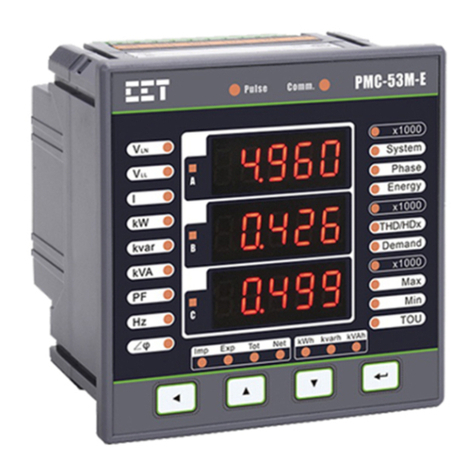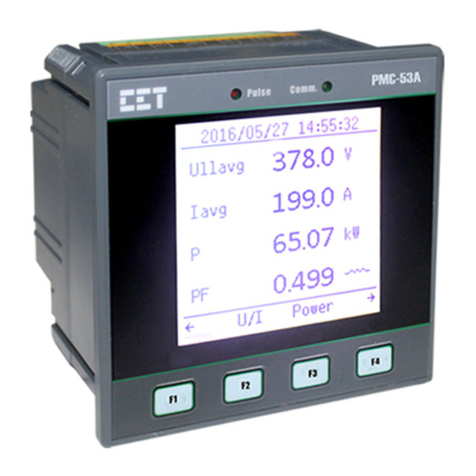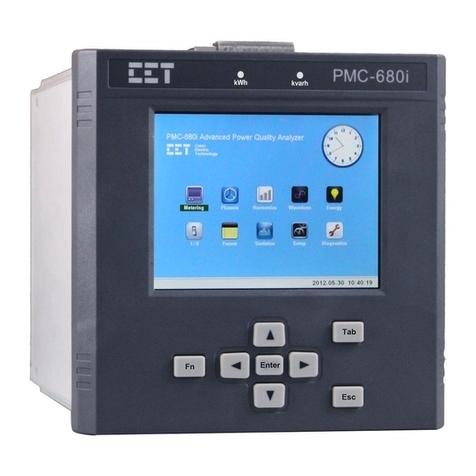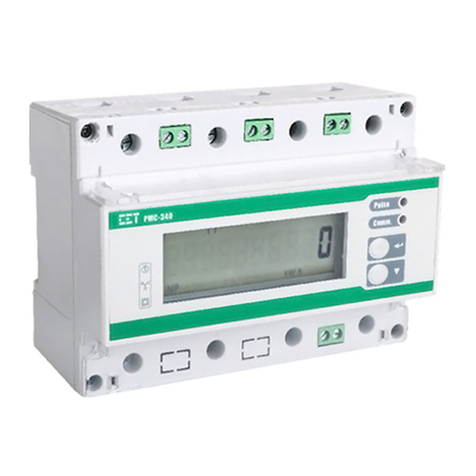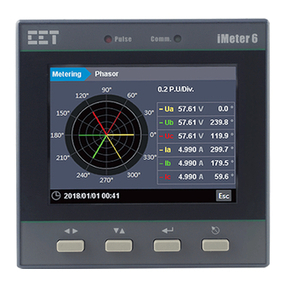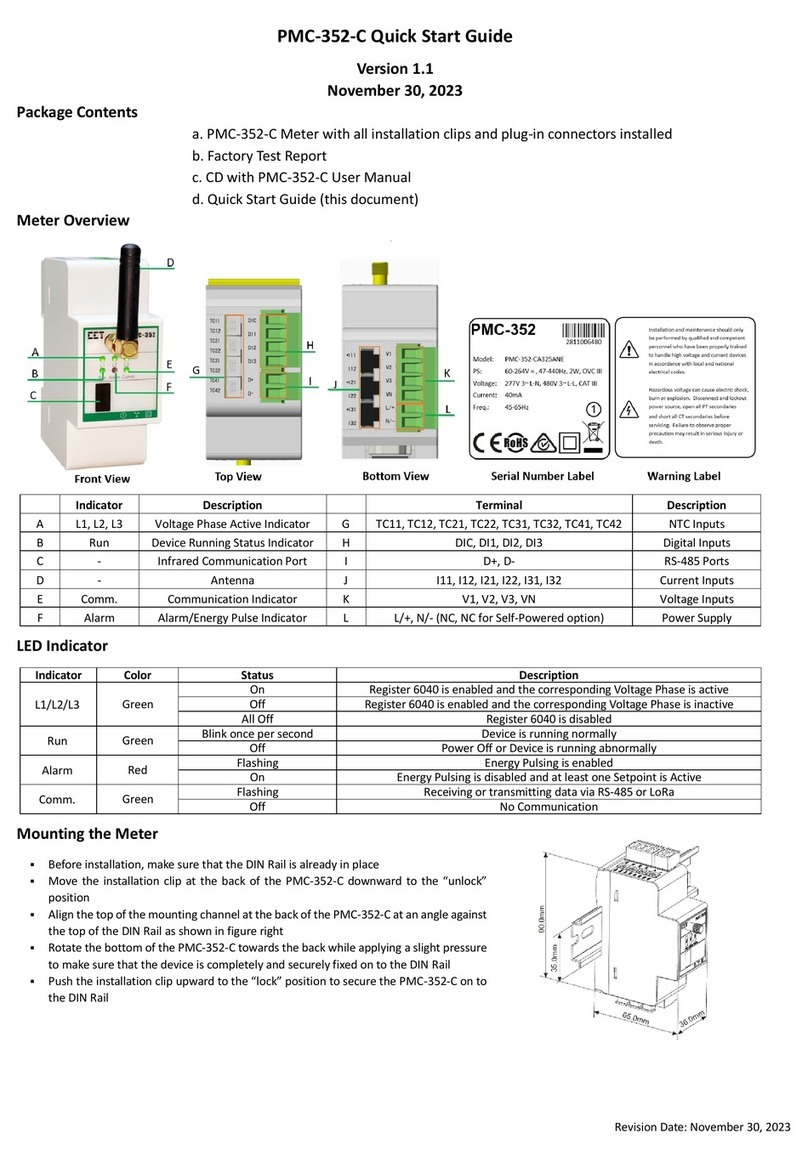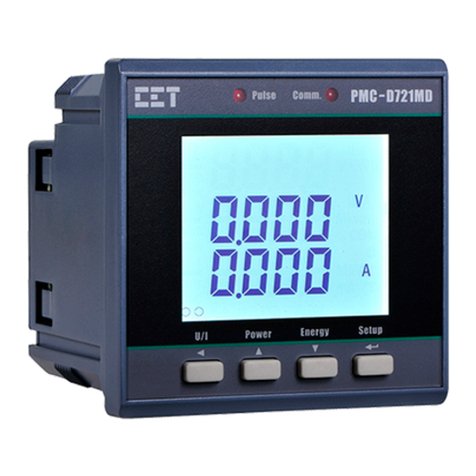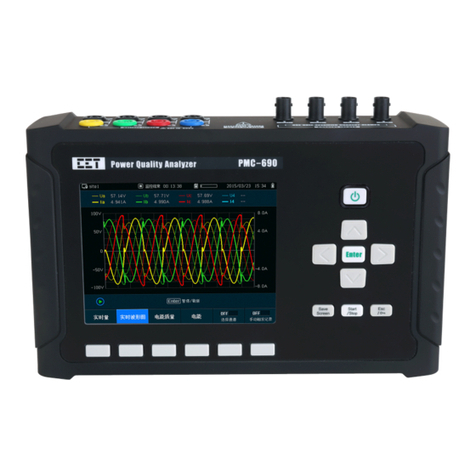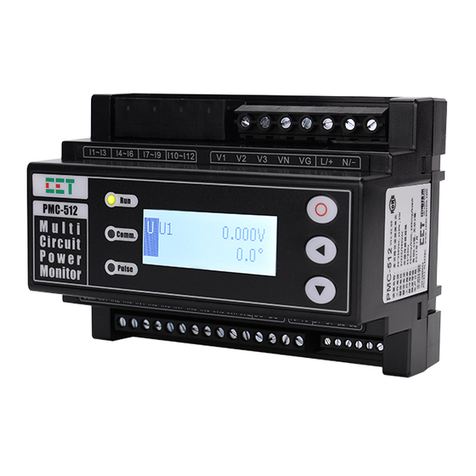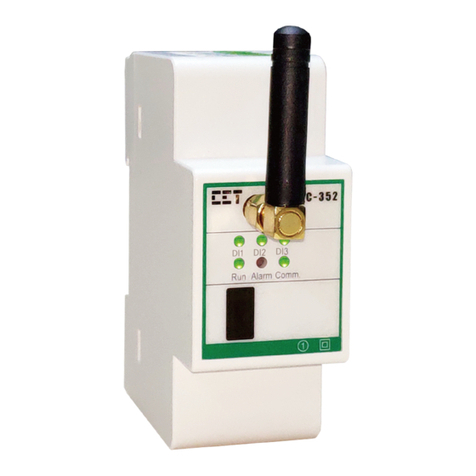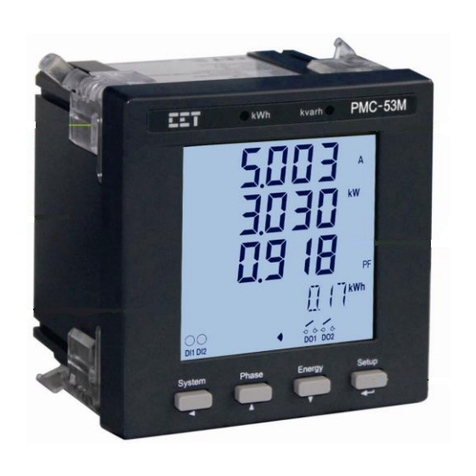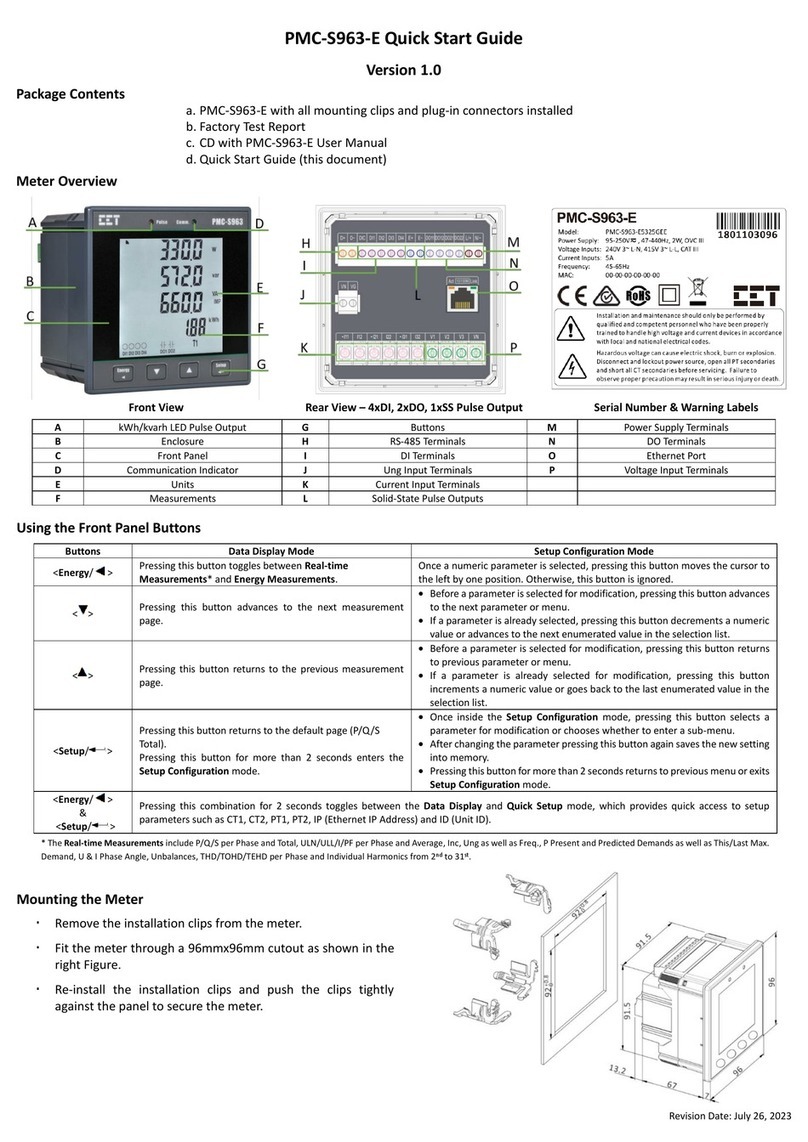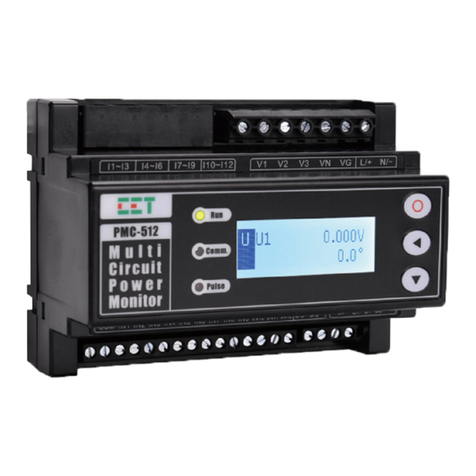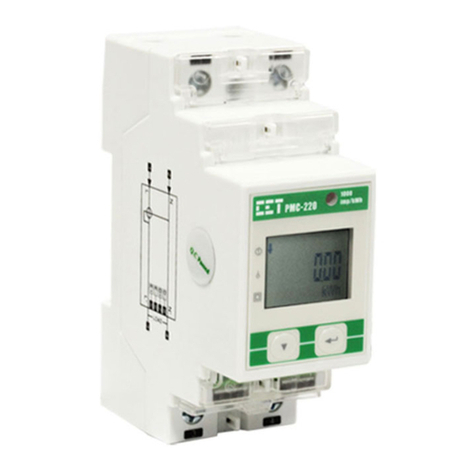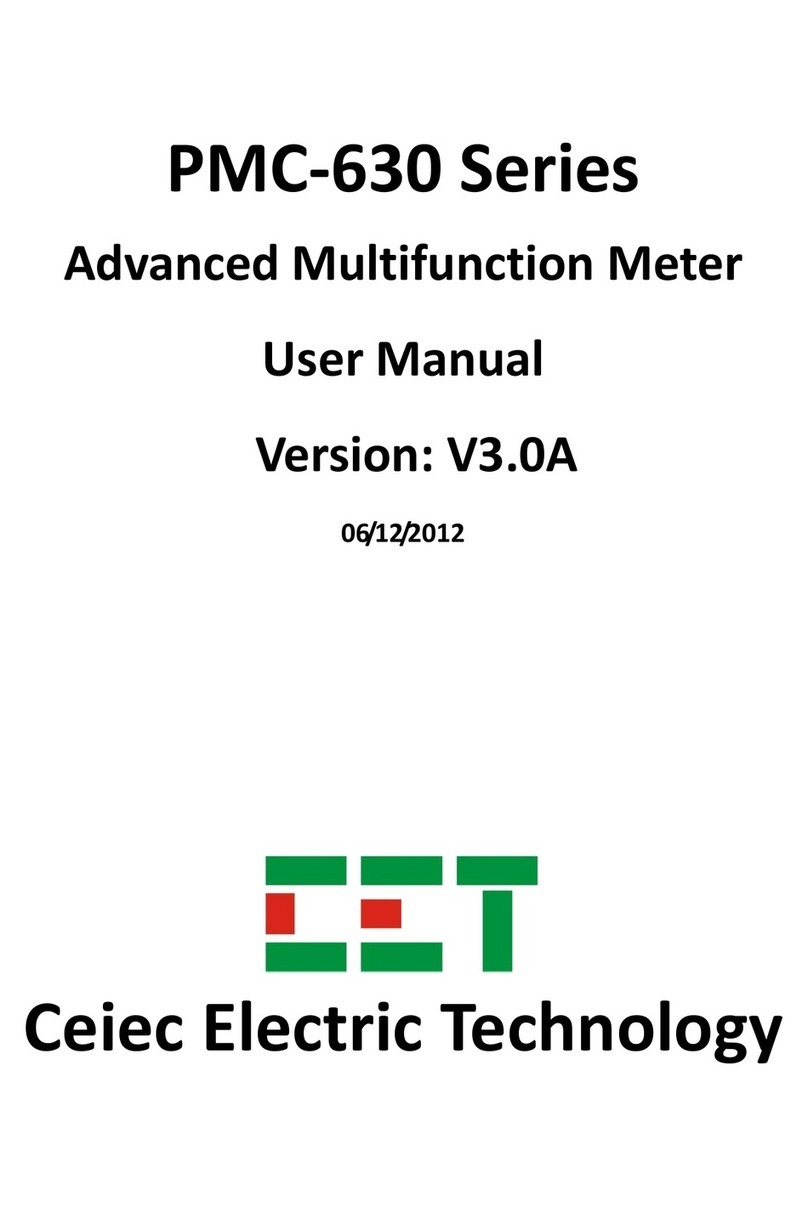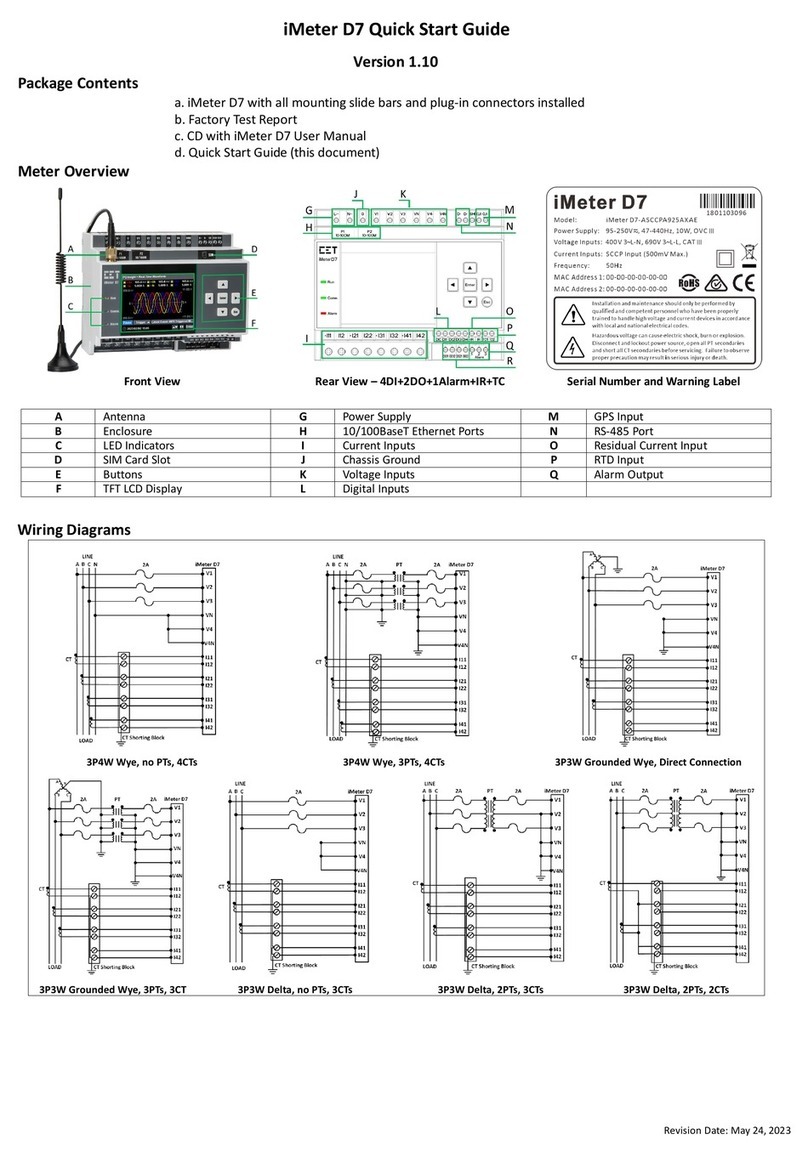
CET Electric Technology
6
3.3 Setup Configuration via the Front Panel ..................................................................................28
3.3.1 Making Setup Changes..................................................................................................28
3.3.2 Setup Menu ..................................................................................................................30
3.3.3 Configuration ................................................................................................................31
Chapter 4 Applications ...........................................................................................................................36
4.1 Inputs and Outputs ..................................................................................................................36
4.1.1 Digital Inputs.................................................................................................................36
4.1.2 Digital Outputs..............................................................................................................36
4.1.3 Energy Pulse Outputs....................................................................................................37
4.1.4 Analog Input..................................................................................................................37
4.1.5 Analog Output...............................................................................................................37
4.1.6 RTD Input ......................................................................................................................38
4.2 Power and Energy ....................................................................................................................38
4.2.1 Basic Measurements.....................................................................................................38
4.2.2 Energy Measurements ..................................................................................................39
4.2.3 Interval Energy Measurements.....................................................................................39
4.2.4 Demand Measurements ...............................................................................................39
4.3 Power Quality...........................................................................................................................40
4.3.1 Phase Angles .................................................................................................................40
4.3.2 Power Quality Parameters ............................................................................................40
4.3.3 Unbalance .....................................................................................................................41
4.4 Setpoints ..................................................................................................................................42
4.5 Logging .....................................................................................................................................44
4.5.1 Max./Min. Log...............................................................................................................44
4.5.2 Peak Demand Log .........................................................................................................44
4.5.3 Monthly Energy Log ......................................................................................................45
4.5.4 Daily and Monthly Freeze Log (Optional)......................................................................45
4.5.5 SOE Log .........................................................................................................................46
4.5.6 Data Recorder (DR) Log (Optional)................................................................................46
4.6 Time of Use (TOU) ....................................................................................................................47
4.7 Diagnostics ...............................................................................................................................48
Chapter 5 Modbus Register Map............................................................................................................49
5.1 Basic Measurements ................................................................................................................49
5.2 Energy Measurements .............................................................................................................51
5.2.1 3-Phase Total Energy Measurements............................................................................51
5.2.2 Phase A (L1) Energy Measurements .............................................................................52
5.2.3 Phase B (L2) Energy Measurements..............................................................................53
5.2.4 Phase C (L3) Energy Measurements..............................................................................54
5.2.5 Interval Energy Measurements.....................................................................................55
5.3 DI Pulse Counters .....................................................................................................................55
5.4 Harmonic Measurements.........................................................................................................55
5.4.1 Power Quality Measurements ......................................................................................55
5.4.2 Current Harmonic Measurements ................................................................................56
5.4.3 Voltage Harmonic Measurements ................................................................................56













